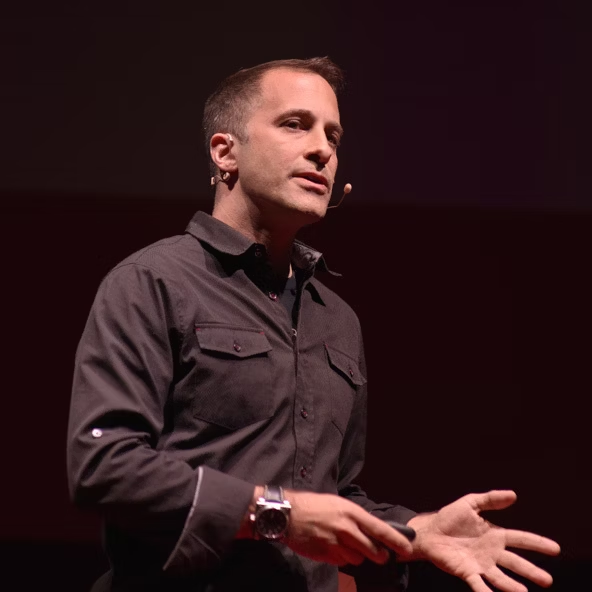What is The Influencer Effect?

The phenomena that “through social media, influencers generate conversation, drive engagement, and set cultural trends” (Mediakix 2019). Influencers are, “social media users who have both a large social reach and have the power to persuade others by virtue of their industry credibility” (Pixlee 2019). Castells’ theory of network societies can be seen in social media network influencers’ manipulation of culture and control of other members’ opinions.
What is a Network Society?
“A society whose social structure is made up of networks powered by micro-electronics-based information and communications technologies.” Groups all over the world are connected and are able to share ideas leading to social change. Power plays a role in the structure of network societies. The greatest power in a network society is the ability to have dominion over communication within the societies themselves. The beauty of the network society is that it allows, “economic, social and political relationships that are less and less bounded by where we are located at any given time – or in other words, by our spatial location” to form (Ashby). People are able to communicate through the internet and are not dependent on face-to-face relationships alone. Communities are empowered by the inflow of new ideas and information as a result of globalization. This, “empowerment, according to Castells, is strengthened by social media including networking (such as Facebook) and social movements connected via the internet. He sees social media as evidence of trends within globalization that promote cultural diversity, innovativeness and certain kinds of freedoms” (Ashby). Network societies provide the explanation for the rise of one leader in social media networks- the influencer. Social media influencers determine, “the kinds of power relationships that are involved in communication and how these influence the kind of information communicated” to the other users (Ashby).
Where is evidence of the Influencer Effect?
Evidence of Castell’s network societies can be seen in the form of social media influencers, specifically on Instagram. There are many types of social media influencers, and all have to deal with the amount of reach that a person has across a number of followers. Below is a breakdown of the different types of followers on Instagram specifically:

When did Influencers become popular?
The market for influencers has been actively growing since 2015, around the time Instagram became very popular (Chernev 2019). Influencers are paid proportionally to the size of their following. To truly measure the influencer’s effect, the engagement rate of the followers and the influencer must be measured. Engagement rate can be defined as, “the level of “commitment” between an influencer and his/her online audience” (Chernev). This measurement can give insight to how people are responding to an influencer’s message. The more likes, comments, and interactions, the more the impact of the influencer’s message. This interaction can be measured by, “dividing the average number of interactions per post by the number of followers, then multiplying by 100” (Chernev). For reference, Selena Gomez was the second-highest paid influencer on Instagram in 2018 and had an engagement rate of 4.9%. This surpasses the average engagement rate of 2-3% of users with over half a million followers (Chernev). Influencers are seen as more “relatable” because they have the ability to directly communicate with their followers through their platforms (Mediakx). There is a study that shows influencer marketing in 2020 to be around a $5-10 billion market because “influencers are thought leaders who generate conversations, drive engagement, and set trends amongst a receptive audience” (Mediakx). Castell’s theory provides the explanation that social media influencers are able to manipulate their following’s thinking to have them buy or do what they suggest in their online posts through the power of communication control.
Social Influence(r) Effect
Another theory that explains the Influencer Effect is can be seen in Kelman’s theory of social influence. Kelman states that the three processes of accepting social influence are compliance, identification, and internalization (Kelman 1958). Compliance occurs when behavior is adopted to gain acceptance or approval within a social system. Identification occurs when a person willingly accepts social influence in exchange for a relationship within the social system. Internalization occurs when influence is accepted solely because the behavior aligns with a person’s value system (Kelman 1958). Kelman’s use of identification in acceptance of social influence can be seen in Castell’s network societies. In Castell’s network societies, members are influenced due to the formed “economic, social and political relationships that are less and less bounded by where we are located at any given time – or in other words, by our spatial location” (Ashby). Both Kelman and Castells theories stress the formation of relationships as the base for accepting influence is societies.
Manipulating the Future
Because influencers are seen as more relatable, manipulation of users is made easier across social media. Social media users are more likely to follow what an influencer does and says, which is why social media marketing will continue to grow to a billion-dollar industry. These relationships formed in the network society can also be seen in Kelman’s theory of acceptance of social influence. Overtime, the Influencer Effect may run its course and form our culture into something entirely new. — Aliesa Sto
References
1. Ashby, Jacqui. 1.4 The Network Society, https://www.soas.ac.uk/cedep-demos/000_P523_MKD_K3637-Demo/unit1/page_10.htm.
2. Chernev, Bobby. “21 Incredible Influencer Marketing Statistics In 2019.” Tech Jury, Tech Jury, 31 Oct. 2019, https://techjury.net/influencer-marketing-statistics/#gref.
3. Definition: What are social influencers? (n.d.). Retrieved November 20, 2019, from https://www.pixlee.com/definitions/definition-social-influencers.
4. Kelman HC. Compliance, identification, and internalization: Three processes of attitude change. Journal of Conflict Resolution. 1958;2 (1) :51-60.
5. “The Power of Social Media Influencers in 2019: Cultural Trendsetters.” Mediakix, 8 Oct. 2019, https://mediakix.com/blog/power-of-social-media-influencers-trendsetters/.





